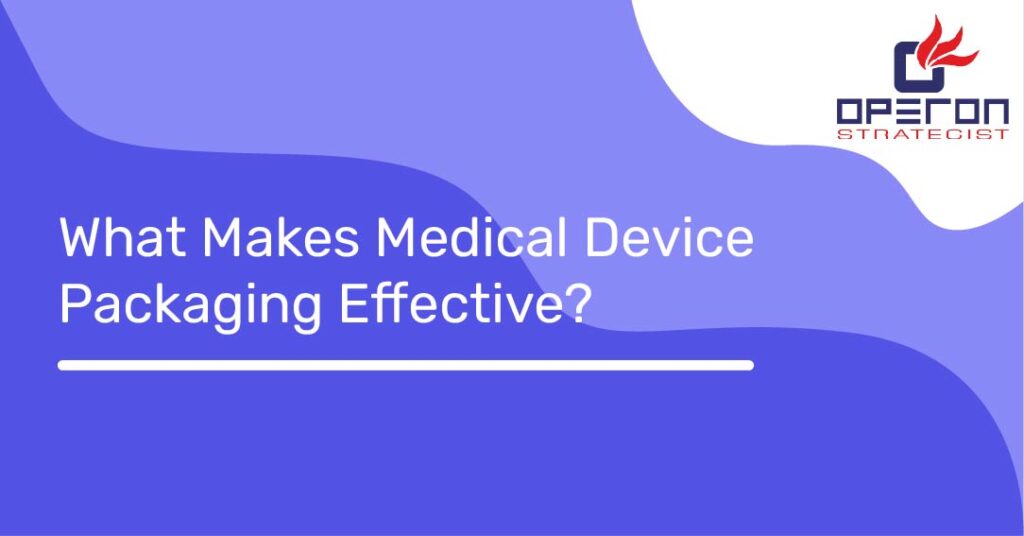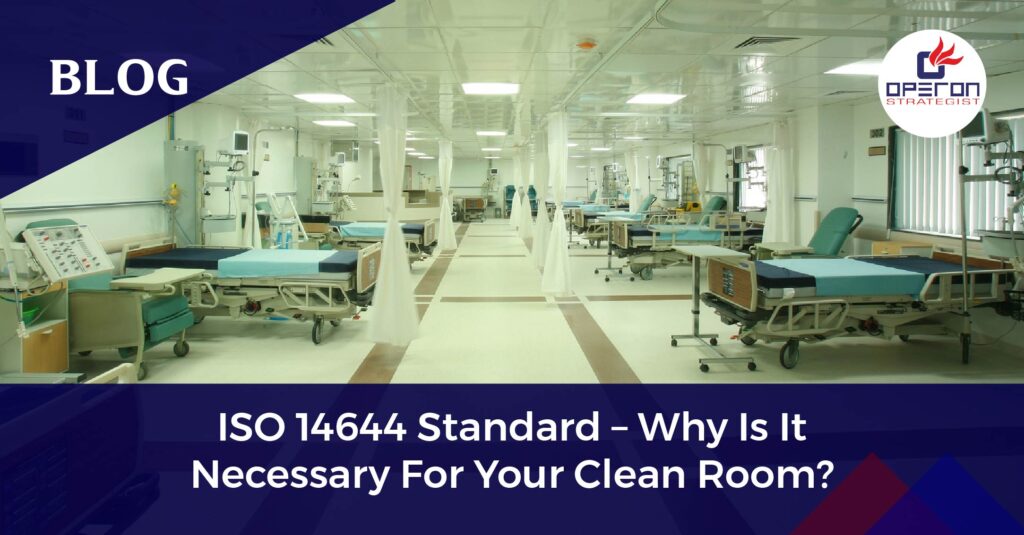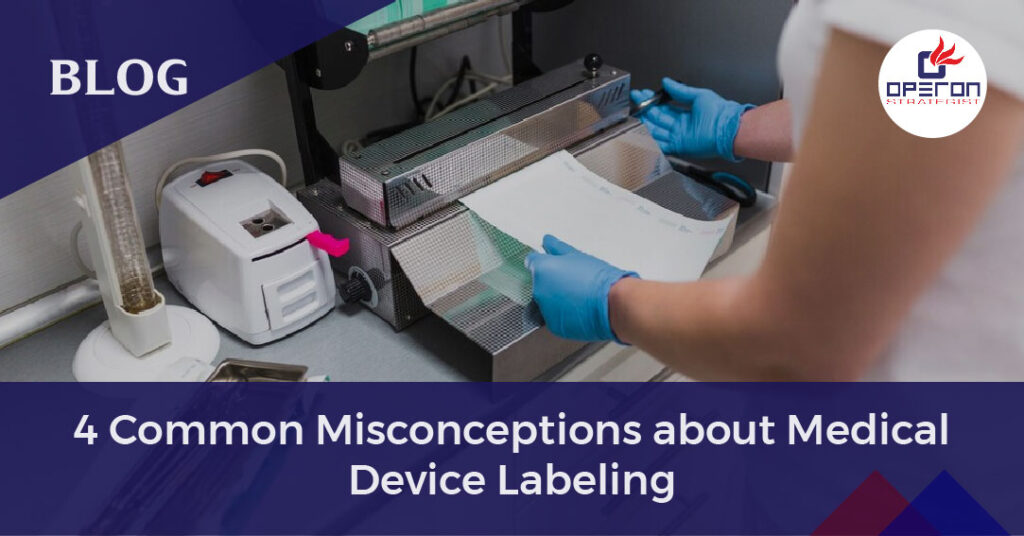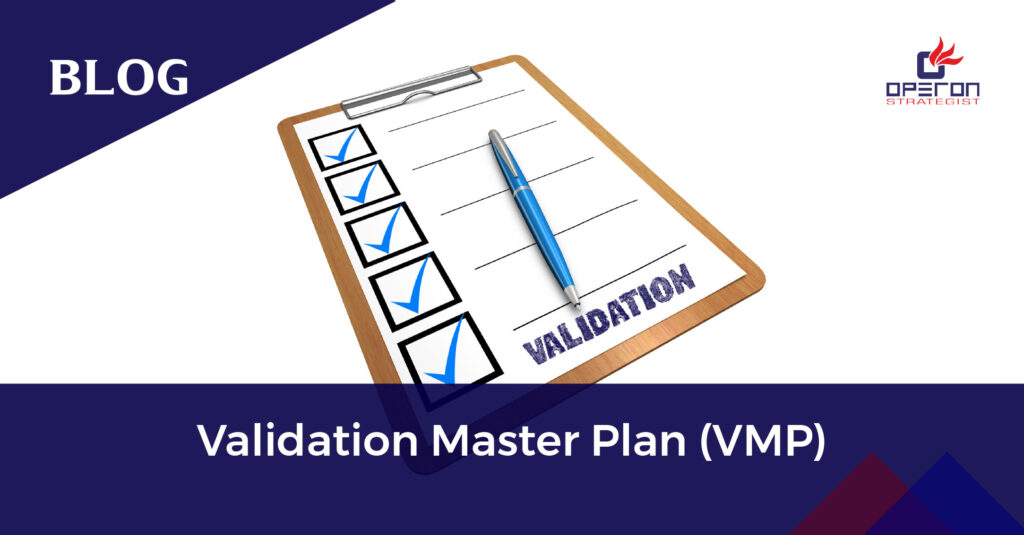Medical device packaging is a critical aspect of getting the item to market safely and securely, while keeping the sterile barrier intact. Poor packaging can compromise the safety of both the medical devices and its users. If a box contains a sterile medical device, it must arrive at hospitals and clinics with no holes or broken seals. It must also survive or stand on a shelf for years without breaking.
Medical equipment packaging is regulated worldwide. The type of regulations that will apply to it will be determined by the type of packaging, specifically whether the container is sterile or not for a manual non-active device or an active device. The main requirement is to verify that the packaging can fulfill the function for which it was designed, and this is the responsibility of the legal manufacturer, even if he can hire a contract testing lab or packaging facility to do so. The medical sector requires the use of a wide range of specialized equipment, and in some circumstances, if the medical equipment is not disposed of immediately after use, it is easily broken.
Looking For a Medical Device Regulatory Consultant?
Let’s have a word about your next project
How to Improve Medical Device Packaging?
Safety: Safety is possibly the most important issue in good medical packaging. There are a lot of factors to consider when creating the ideal packaging solution for medical devices. First and foremost, the appropriate material must be picked. The material used in sterile medical device packaging must be shown safe and effective for forming a microbiological barrier. The packaging design must be durable enough to endure all forms of weather and physical risks.
Detectable: This term refers to a product’s marketing visibility or actual visibility via packaging. Marketing plays a lower part in medical product packaging because the product has already been purchased by the hospital or medical office. The real visibility of a product can make a significant difference when it is linked to healthcare personnel readily identifying the device they require.
Simple Usage and Applicability: The primary goal of a medical device is not only to protect but also to deliver effectively. When it comes to good medical device packaging, simplicity is sometimes the most overlooked element. If it is dependable, secure, and identifiable, the mission is half completed. Next, is it built-in? In our daily lives, opening things may not be a crucial consideration. It is critical to have medical equipment packaging that is easy to understand.
ISO 11607-1-2019: Requirement for Materials, Sterile Barrier Systems, and Packaging Systems
This document describes the requirements and test methods for materials, preformed sterile barrier systems (partially gathered sterile barrier system initial for filing and final closure for sealing), sterile barrier systems, and packaging systems that are intended to maintain the sterility of terminally sterilized (the process of sterilizing a product in its final container) medical devices until they are utilized.
It is appropriate for industries, healthcare facilities, and anywhere medical devices are placed in sterile medical systems and sterilized. It does not meet all sterile barrier and packaging system standards for cleanly made medical devices. It does not portray a quality assurance structure for monitoring all stages of production. It does not apply to packing materials or methods used to contain contaminated medical devices during transportation to reprocessing and disposal.
ISO 11607-2-2019:Validation Requirement for Forming, Sealing, and Assembly Processes:
This document specifies the validation requirements for packaging terminally sterilized medical devices. This process includes creating, sealing, and assembling partially sterile barrier systems, sterile barrier systems, and packaging systems.
It relates to industries, healthcare facilities, and the packaging and sterilization of medical devices. It does not address the packing requirements for medical devices that are created cleanly. Additional standards would be needed for drug/device combos.
Does Primary Packaging Material Require a License From Indian FDA?
In India, manufacturers are not required to hold a primary packaging material license. However, to comply with regulatory norms, a PP manufacturer must have Type III DMF certification from the US FDA and ISO 15378. Having a quality system in place for the production unit facilitates the export of primary packaging products to many nations.
Operon Strategist provides primary packaging consulting services to manufacturers seeking ISO 15378 certification and Type III DMF preparation. Our team guarantees that the system has suitable procedures in place to withstand audits by auditing authorities. Also, we train staff to follow the procedures.
What Is the Definition of Primary Packaging Materials?
Primary packaging materials are utilized in the pharmaceutical sector. The packaging protects the medicine during the sale. Packaging objectives include confinement, physical and chemical protection, portion control, and medication security. Pharmaceutical packaging consists of three levels: primary, secondary, and territorial. Primary Packaging is sometimes referred to as sales Packaging. Primary packaging is extremely important in the pharmaceutical sector. Primary packaging comes into direct touch with the items and is sometimes used as consumer or retail packaging. Primary packaging is a package that retains or wraps around your products or medicines; the packaging is typically not removed until the product or medicine is no longer in use. Primary packaging should enhance both benefits and looks. Benefits are significant since improper packing can have a direct influence on the product’s usability. We offer complete Primary Packaging consulting services, including support for the production site, DMF preparation, and ISO certification.
In today’s competitive medical device sector, packaging is just as critical as the medical device itself. Packaging is a critical component of the medical device market, having its own unique set of security and consumer safety considerations. The packaging serves several functions, including protecting the product from contamination or injury, displaying important product information, and brand marketing. In certain circumstances, the packaging is as exclusive as the medical item itself. The packaging must maintain sanitary conditions to preserve the gadget either in transit or in use.
How Does Operon Strategist Ensure ISO 15378 Compliance for Primary Packaging?
Operon Strategist offers expert services for primary packaging, including QMS certification consultations and DMF preparation. We ensure compliance with ISO 15378:2017, the standard for the production, packaging, and storage of primary packaging materials for medicinal products. Contact us for consultancy.
- adminhttps://operonstrategist.com/author/admin-2/
- adminhttps://operonstrategist.com/author/admin-2/
- adminhttps://operonstrategist.com/author/admin-2/
- adminhttps://operonstrategist.com/author/admin-2/




